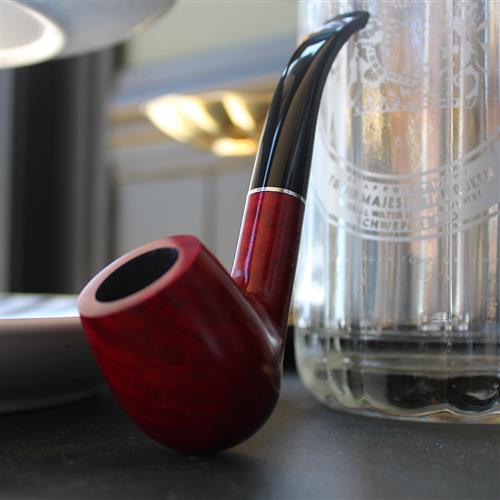Cigar
Overview:
A cigar is a tobacco product intended to be smoked. It is typically composed of three components: the filler, the binder leaf and a wrapper leaf. The wrapper leaf, often of the highest quality, is used for appearance and flavor. Cigars come in a variety of shapes and sizes, with a cigar band usually printed with the manufacturer's logo. As a tobacco product, cigars are regulated and controlled by health authorities.
Etymology:
The word cigar comes from the Spanish word "cigarro." The origins of cigars are believed to have originated with the ancient Mayans and Aztecs, who smoked tobacco in a primitive form. The practice of smoking tobacco spread to Europe, where it eventually became popular among the upper classes.
History:
Cigars gained immense popularity in the 19th century as major producers in countries like Cuba, the Dominican Republic, and Nicaragua emerged. Governments began regulating the production and distribution of cigars, and taxes on tobacco products became a significant source of revenue.
Manufacture:
Cigars are typically made by skilled workers, known as torcedores, who assemble the various components by hand. The filler, typically made from different varieties of tobacco, is bound together by a binder leaf. The wrapper leaf is then chosen for its appearance and flavor and is carefully applied to the cigar. The process requires great skill, and the quality of the finished product depends on the expertise of the torcedores.
Marketing and distribution:
Cigars are marketed and distributed through various channels. High-end cigars are sold through specialty stores, while mass-market cigars are sold in convenience stores and supermarkets. Some brands are marketed through celebrity endorsements, and others are marketed through social media and other digital platforms.
Composition:
The composition of a cigar can vary widely. The filler may be made from different varieties of tobacco, often blended to create a unique flavor. The binder leaf holds the filler together, and the wrapper leaf provides flavor and appearance. The quality and origin of the tobacco used can significantly affect the overall taste and aroma of the cigar.
Size and shape:
Cigars come in a wide variety of shapes and sizes. The size of a cigar is measured by its length and its ring gauge. The most common shape is the parejo, a cylindrical shape with a rounded cap. Other shapes include the torpedo, the perfecto, and the figurado. The choice of shape and size can affect the smoking experience, as different shapes and sizes can produce different flavors and draw.
Smoking:
Smoking a cigar is a complex process that requires some skill and technique. The cigar should be properly stored and humidified before smoking. The smoker must cut the cap and light the cigar properly. The cigar should be smoked slowly and evenly, with the ash tapped off periodically to prevent the buildup of tar. The smoking experience can be enhanced by pairing the cigar with a suitable beverage, such as a glass of whiskey or brandy.
In conclusion, cigars are a unique tobacco product and a popular pastime for many. The history and tradition of cigar smoking have made it a fascinating hobby for enthusiasts worldwide. Though cigars are regulated and controlled by health authorities, they continue to be a popular luxury item for those who appreciate their complexity and flavor.
